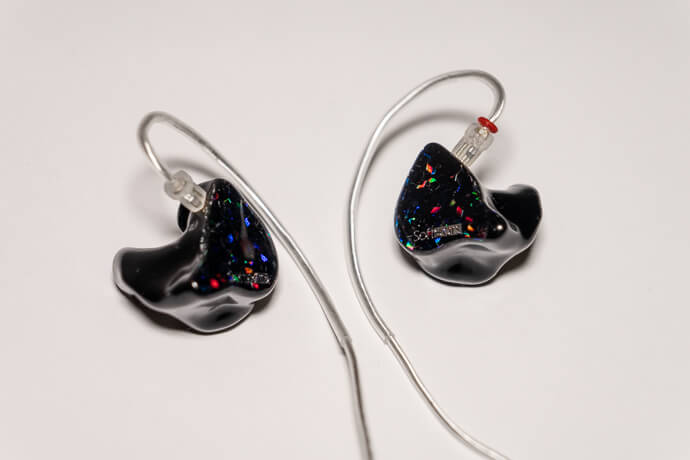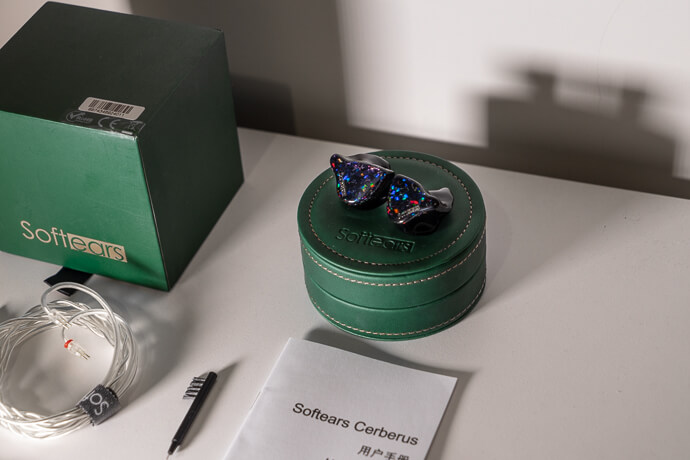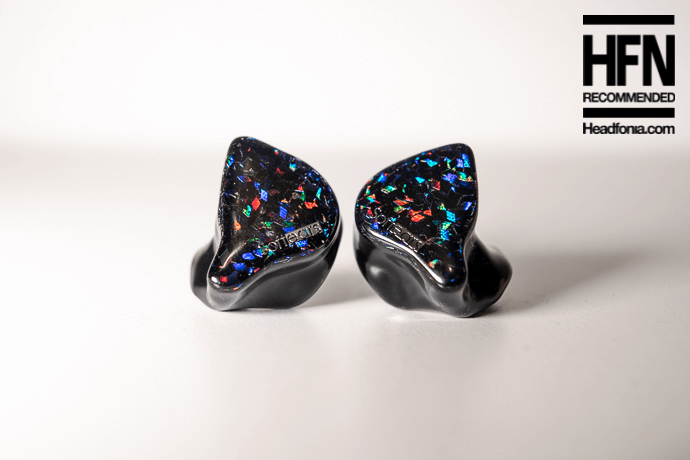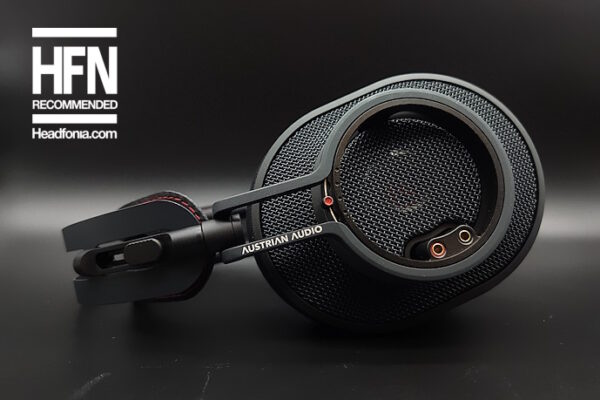Comparisons
Well, the first obvious comparison is the RSV. This costs much, much less with almost one-third of the price of the flagship. No-sound topics are very similar in terms of packaging and build quality. However, the RSV fits better compared to the universal Cerberus, with more comfort since it has a smaller shell. That’s not the case with the custom Cerberus of course.
Sound-wise the RSV is the most ideal choice for people who are curious about the Softears tuning. All of the qualities of the co-flagships are present with the RSV, just on a lower level. The resolution and clarity are not incredible like the RS10, and the tonality is not as impressive as with the Cerberus. But it’s not too far away and the price actually doesn’t reflect that. Yes, once again it’s all about the law of diminishing returns here.
If you enjoy warm-sounding, smooth IEMs, the RSV is one of the best possible options and it’s not too far away from high-end stuff. If you have a huge amount of cash and you have a high-end source though, you can throw the money for the Cerberus.

Softears Cerberus
The VE7 has a fantastic fit, almost like a CIEM, but not actually like a real CIEM. VE7 has much better and premium packaging, although it doesn’t have a special cable either. Build qualities are similar so you can count on them both.
Sound-wise the VE7 is very bright when compared with that treble focus and boost. The Cerberus is a more all-rounder performer since it has a bit better coherency and body for many genres. The VE7 suits Classical music incredibly well, as well as vocal-focused tracks. The Cerberus can sound great with everything, the VE7 can’t. That doesn’t make it worse though, both have different strengths. One thing is for sure; the VE7 has more shimmer, air, and space in its sound so it feels very spacious, more so than the Cerberus.
Cerberus’ mids are better especially in terms of timbre, and its bass is very controlled and feels very natural. It falls behind when it comes to treble extension and definition against the VE7. It has wider staging, but the VE7 feels very spacious and airy. They’re both great high-end IEMs and they’re only separated with their own approaches. But if you like to have a technical-sounding IEM with great resolution, you can choose either the VE7. If you like enjoyment and refinement, you can go for the Cerberus.
Pneuma is a fantastic IEM and first of all, it has a great unboxing experience, and once again Softears offerings lack in that department. It also comes with PwAudio No.10, a great cable for the price on its own.
The bass quantity and slam in the Pneuma is superior especially when the switch is on. The Cerberus has higher quality and more balanced bass to me though. The mid-bass body in the Pneuma sometimes feels a bit too much with Jazz recordings in particular. They both have a big sound stage, but the Pneuma has a better treble definition and extension.
However, the Cerberus is fantastic when it comes to instrument reproduction. I can’t stress that enough. It’s also more coherent and balanced overall. I would choose Cerberus because of its coherency and balance. For having fun with a more vivid signature, the Pneuma is great.

Softears Cerberus
Conclusion
When I wrote the RS10 & Cerberus review, I discussed what can be improved. My criticism about the packaging and the cable still stands. But sound-wise, I remarked that the treble needs a bit more definition and the rest is very good. And I exactly mentioned; ”these factors may be better with CIEM versions, which I will have from Softears soon”.
That’s basically what happened. The custom Cerberus has a more definitive and extending treble. Even more than that, the bass has better impact and the mid-range is more consistent. The CIEM version is truly a complete warm-sounding flagship with an excellent and very special sound that you can’t find often.
So, would I recommend it? Well, yes, for the sound quality alone, this is a fantastic flagship IEM in terms of tuning. But I would not recommend it to the people who are tight on budget and who don’t have a flagship-level source. Because to extract these qualities fully, you would need a great source. For those people, I would simply say get the RSV and call it a day. It has a much better value overall.
But once you listen to the Cerberus and witness that refinement from a top-tier source, it’s not easy to go back to the RSV’s level. I put aside a lot of my IEMs to listen to the Cerberus. It’s far from being a bang for buck product, but to the people who know what they’re looking for, and have good ears, it will prove itself every single time.
Page 1: Intro, Package and Design
Page 2: Build Quality, Cable, Fit, Sound Quality
Page 3: More About the Sound, Custom vs. Universal








